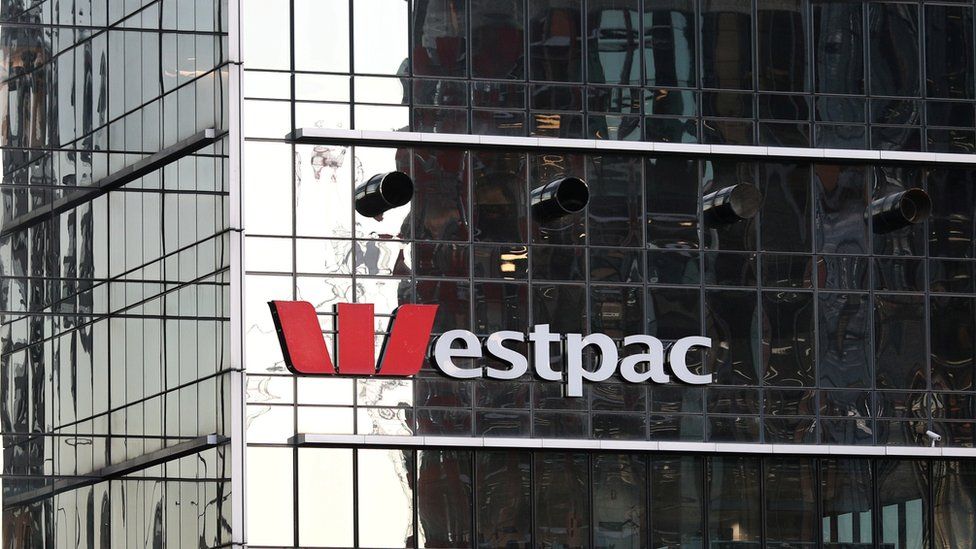Westpac To Offer A 10-Minute Mortgage
The bank is predicting a surge in refinancing.
A technology revamp is set to allow the bank the ability to full approve digital mortgages in as little as 10 minutes. The move is part of Westpac’s long-term shift towards digital banking and a readiness for a potential boom in refinancing.
Today, the bank becomes the latest lender to announce a push into digital mortgage lending — a tightly contested area for banks and fintechs as they duke it out for quick approval times.
Westpac plans to launch a new process in the final quarter of the year which will allow w some customers to refinance through an automated system. At first, the offer will only be open to individual borrowers who are refinancing an owner-occupied loan, have 20% equity in the property and earn a PAYG income.
The technology uses data analytics to perform identity checks and credit assessments, the bank says it will be able to unconditionally approve some simple loan applications in 10 minutes and plans to roll out the offer to a wider range of customers in 2023.
Further, Westpac CEO Peter King told The Sydney Morning Herald that customers are seeing the need to respond to the rising interest rates.
“Interest rates are no longer falling, they’re going up. Customers are considering the cost of their banking, including their mortgage, and we see that refinance will be an important part of the market over the next couple of years,” King said.
Of the other big four banks in Australia, the Commonwealth Bank launched a digital home loan in May, ANZ announced in March its aims to launch a digital product next year while NAB has adopted a new system that sees its bankers and brokers expedite loans at new speeds.
This stylish family home combines a classic palette and finishes with a flexible floorplan
Just 55 minutes from Sydney, make this your creative getaway located in the majestic Hawkesbury region.
Continued stagflation and cost of living pressures are causing couples to think twice about starting a family, new data has revealed, with long term impacts expected
Australia is in the midst of a ‘baby recession’ with preliminary estimates showing the number of births in 2023 fell by more than four percent to the lowest level since 2006, according to KPMG. The consultancy firm says this reflects the impact of cost-of-living pressures on the feasibility of younger Australians starting a family.
KPMG estimates that 289,100 babies were born in 2023. This compares to 300,684 babies in 2022 and 309,996 in 2021, according to the Australian Bureau of Statistics (ABS). KPMG urban economist Terry Rawnsley said weak economic growth often leads to a reduced number of births. In 2023, ABS data shows gross domestic product (GDP) fell to 1.5 percent. Despite the population growing by 2.5 percent in 2023, GDP on a per capita basis went into negative territory, down one percent over the 12 months.
“Birth rates provide insight into long-term population growth as well as the current confidence of Australian families,” said Mr Rawnsley. “We haven’t seen such a sharp drop in births in Australia since the period of economic stagflation in the 1970s, which coincided with the initial widespread adoption of the contraceptive pill.”
Mr Rawnsley said many Australian couples delayed starting a family while the pandemic played out in 2020. The number of births fell from 305,832 in 2019 to 294,369 in 2020. Then in 2021, strong employment and vast amounts of stimulus money, along with high household savings due to lockdowns, gave couples better financial means to have a baby. This led to a rebound in births.
However, the re-opening of the global economy in 2022 led to soaring inflation. By the start of 2023, the Australian consumer price index (CPI) had risen to its highest level since 1990 at 7.8 percent per annum. By that stage, the Reserve Bank had already commenced an aggressive rate-hiking strategy to fight inflation and had raised the cash rate every month between May and December 2022.
Five more rate hikes during 2023 put further pressure on couples with mortgages and put the brakes on family formation. “This combination of the pandemic and rapid economic changes explains the spike and subsequent sharp decline in birth rates we have observed over the past four years,” Mr Rawnsley said.
The impact of high costs of living on couples’ decision to have a baby is highlighted in births data for the capital cities. KPMG estimates there were 60,860 births in Sydney in 2023, down 8.6 percent from 2019. There were 56,270 births in Melbourne, down 7.3 percent. In Perth, there were 25,020 births, down 6 percent, while in Brisbane there were 30,250 births, down 4.3 percent. Canberra was the only capital city where there was no fall in the number of births in 2023 compared to 2019.
“CPI growth in Canberra has been slightly subdued compared to that in other major cities, and the economic outlook has remained strong,” Mr Rawnsley said. “This means families have not been hurting as much as those in other capital cities, and in turn, we’ve seen a stabilisation of births in the ACT.”
This stylish family home combines a classic palette and finishes with a flexible floorplan
Just 55 minutes from Sydney, make this your creative getaway located in the majestic Hawkesbury region.


















